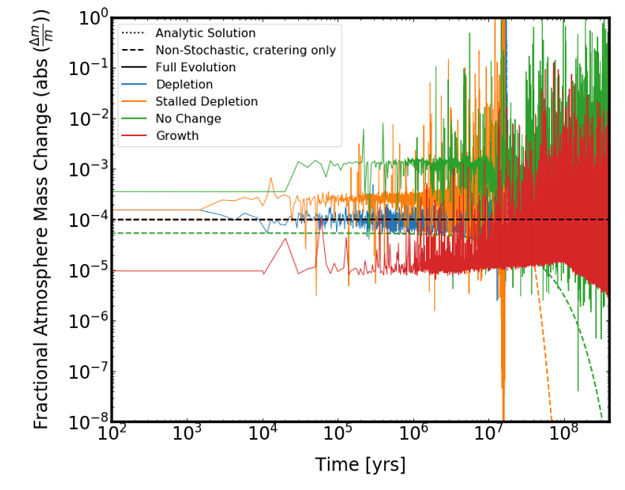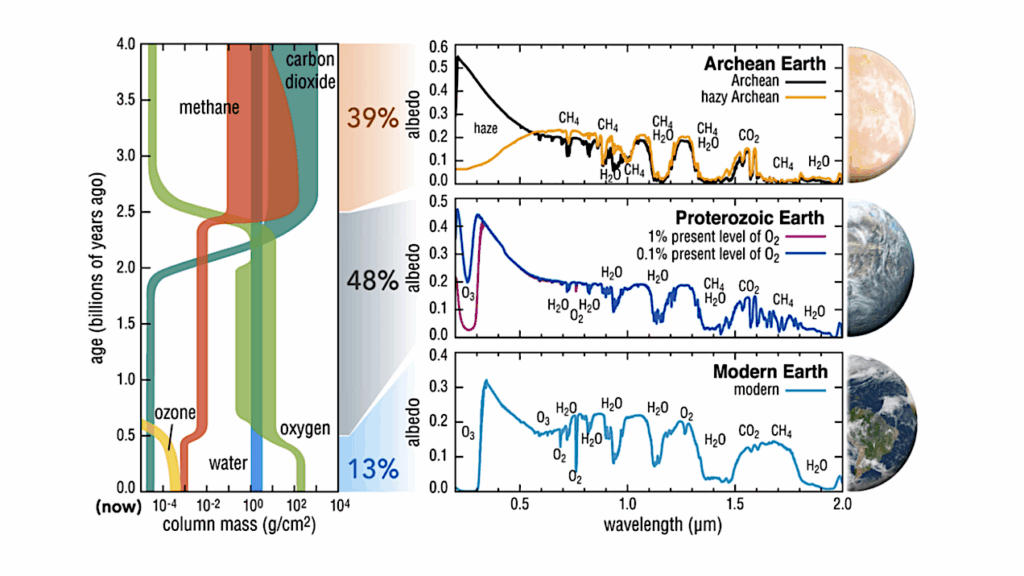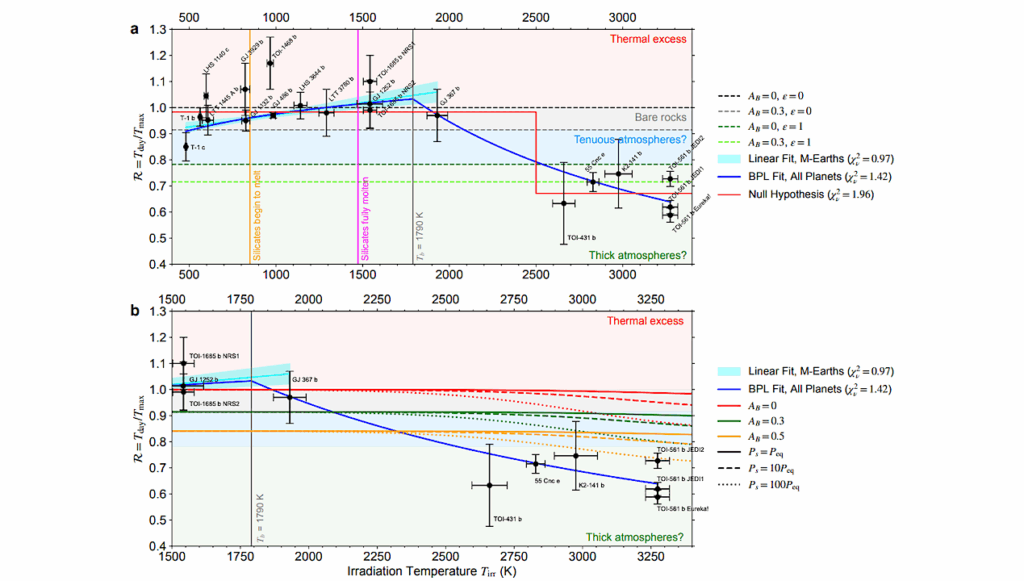Evolution Of The Earth's Atmosphere During Late Veneer Accretion

Recent advances in our understanding of the dynamical history of the Solar system have altered the inferred bombardment history of the Earth during accretion of the Late Veneer, after the Moon-forming impact.
We investigate how the bombardment by planetesimals left-over from the terrestrial planet region after terrestrial planet formation, as well as asteroids and comets, affects the evolution of Earth’s early atmosphere. We develop a new statistical code of stochastic bombardment for atmosphere evolution, combining prescriptions for atmosphere loss and volatile delivery derived from hydrodynamic simulations and theory with results from dynamical modelling of realistic populations of impactors.
We find that for an initially Earth-like atmosphere impacts cause moderate atmospheric erosion with stochastic delivery of large asteroids giving substantial growth (×10) in a few % of cases. The exact change in atmosphere mass is inherently stochastic and dependent on the dynamics of the left-over planetesimals. We also consider the dependence on unknowns including the impactor volatile content, finding that the atmosphere is typically completely stripped by especially dry left-over planetesimals (<0.02 % volatiles).
Remarkably, for a wide range of initial atmosphere masses and compositions, the atmosphere converges towards similar final masses and compositions, i.e. initially low mass atmospheres grow whereas massive atmospheres deplete. While the final properties are sensitive to the assumed impactor properties, the resulting atmosphere mass is close to that of current Earth. The exception to this is that a large initial atmosphere cannot be eroded to the current mass unless the atmosphere was initially primordial in composition.
Catriona A. Sinclair, Mark C. Wyatt, Alessandro Morbidelli, David Nesvorny
Comments: 30 pages, accepted for publication in MNRAS
Subjects: Earth and Planetary Astrophysics (astro-ph.EP); Solar and Stellar Astrophysics (astro-ph.SR)
Cite as: arXiv:2010.06254 [astro-ph.EP] (or arXiv:2010.06254v1 [astro-ph.EP] for this version)
Submission history
From: Catriona Sinclair
[v1] Tue, 13 Oct 2020 09:34:43 UTC (2,442 KB)
https://arxiv.org/abs/2010.06254
Astrobiology








